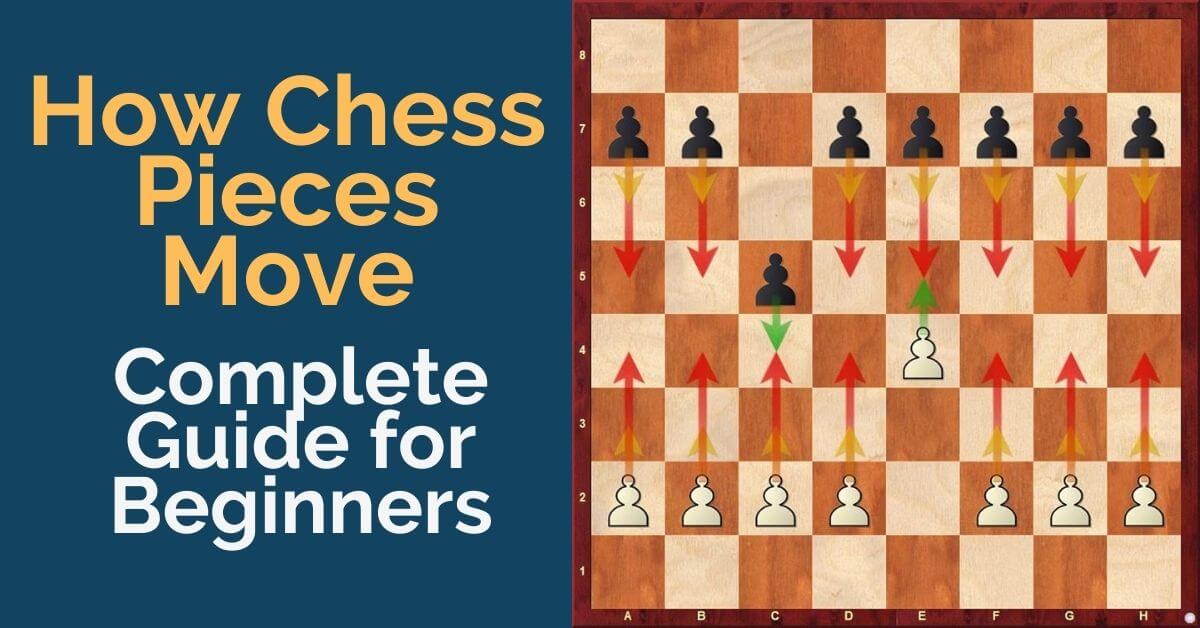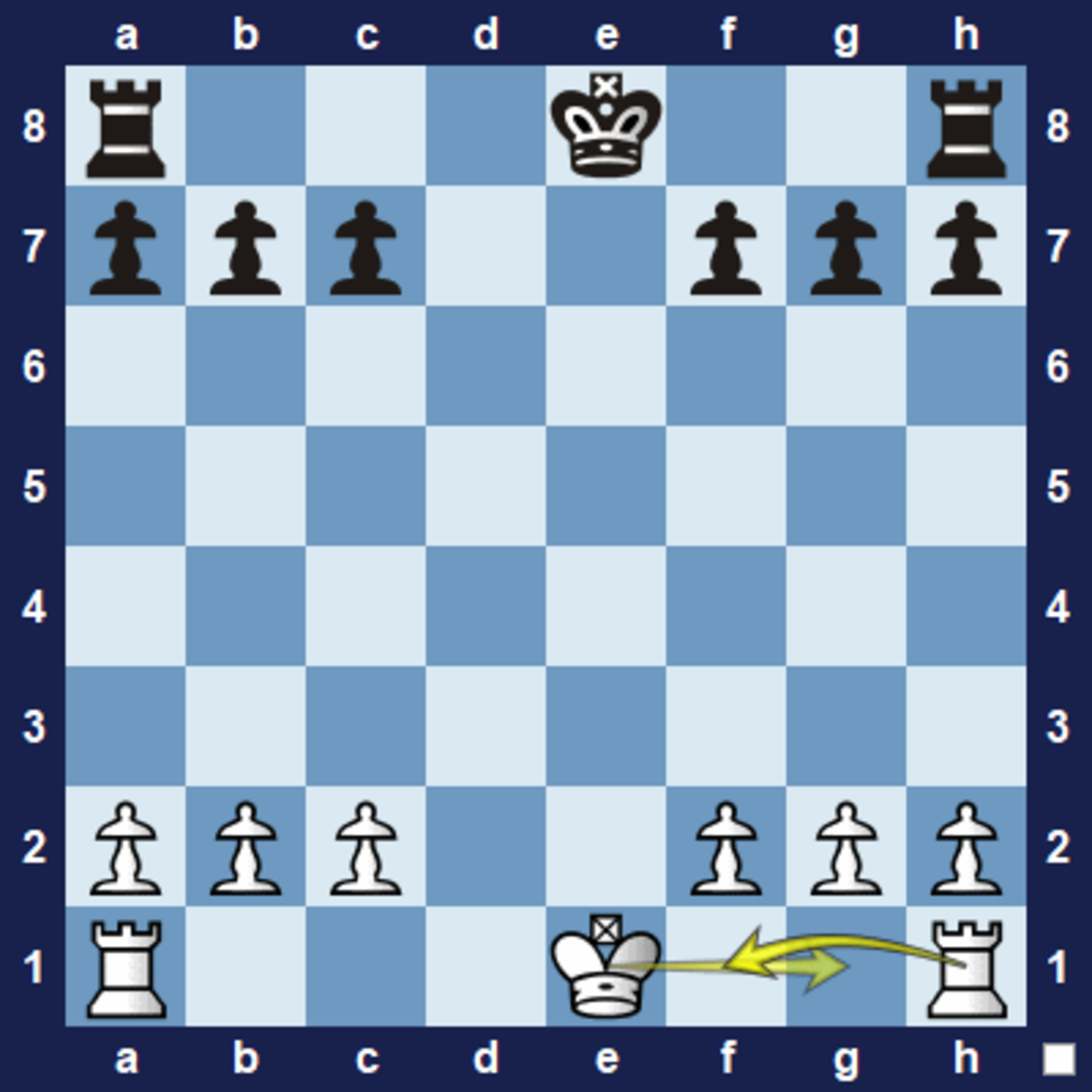
If the rook is threatened, you're still permitted to castle.

If you have been checked previously in the game but has not moved or is not currently in check, you are allowed to castle. The king must not currently be in check, move through any squares under attack by enemy pieces, and must not end up in check after castling.If your king or your rook has moved before, whether or not it's at the same spot, it cannot castle. The king and the rook must not have moved.Likewise, these spaces cannot be occupied by your opponent's pieces, meaning you can't castle to capture a piece. To castle with the rook to the left of your king, the bishop, knight, and queen must have moved elsewhere. To castle with the rook to the right of your king, the bishop and the knight on that side need to have moved elsewhere.
#King moves in chess free
All the spaces between the rook and the king need to be free spaces. Neither piece can have been moved from its original position, even if the pieces have returned to that space, although if you want to castle with one rook, the other can have moved freely. To castle, you'll need to look at the positioning of your king and the positioning of your rook. I promise to use it only to send you Lapoc Chess Board.Make sure the board satisfies the requirements for castling. Subscribe to our Free Ezine - Lapoc Chess Board Emailĭon't worry - your e-mail address is totally secure. In the diagram White has castled long and Black has castled short. Finally no square that the King crosses when castling can be under attack from an enemy piece. The King cannot be in check when the maneuver takes place or obviously upon it's completion. There must be no other piece positioned between Rook and King. You can only castle if the both the King and the Rook involved have not yet been moved. There are a few things that need to be satisfied to make castling legal. The King moves two squares to his right or left and the relevant Rook is moved one square past the King toward the center. A King can be castled to either side, short to the Kingside or long to the Queenside. First off there are a few things to clear up on this. If a king is in check and none of these options are legal, then a checkmate has occurred and the game is over Test Let's test you to see if you can recognize if the king is in check. A special castling move is designed specifically for this purpose. There are three ways to get out of check: 1) move the king out of check, 2) block the check with another piece and 3) capture the piece putting the king in check. This means he should be quickly moved from his precarious starting central position to the relative safety in one of the corners. It cant jump over material so at the start of a chess game there are no legal moves for the king to make. One of the early objectives in the game is to get the King safe from the opposing forces. The king can move one square in any direction. King Moves: The King and Rook can perform a special castling move once in the game Your King has been captured and you lose the game immediately. If it's not possible for your King to escape the check by one of these three ways then it's checkmate. You must rectify this immediately, either by moving your King to a safe square, blocking the check or capturing the checking piece. When your opponent attacks your King he puts your King in check. Nor can he cross any square controlled by an enemy in the castling move discussed below. Castling is the only move in chess that allows you to move two pieces in the same turn. Even if that piece is pinned to his own King. There is another move that your king can make and thats castling. If the king is unable to move without putting itself in check or without capturing an opponent’s piece, then it has reached a stalemate. 
However, it cannot move into a square that is occupied by one of its own pieces or by an opponent’s piece. The Kings Pawn Opening has been the favorite move of many top-tier chess players, and World Champion Bobby. The king can move 1 square in any direction up, down, left, right, and diagonally. The King can't move to any square under enemy control. e4 is very much in line with opening principles. If someone is willing to look it over and come with some suggestion to perhaps improve it, I would appreciate it. All of White's pieces are pinned and the White King has no flight squares to escape the Knight's attack so it's checkmate and Black wins the game.Įvery time you complete a move, you must ensure that your King is not in check. Here is the solution to generating possible moves and keeping the king safe. Usually he wouldn't be able to move, but since in theory the next move would be to capture the White King, it's good.






 0 kommentar(er)
0 kommentar(er)
